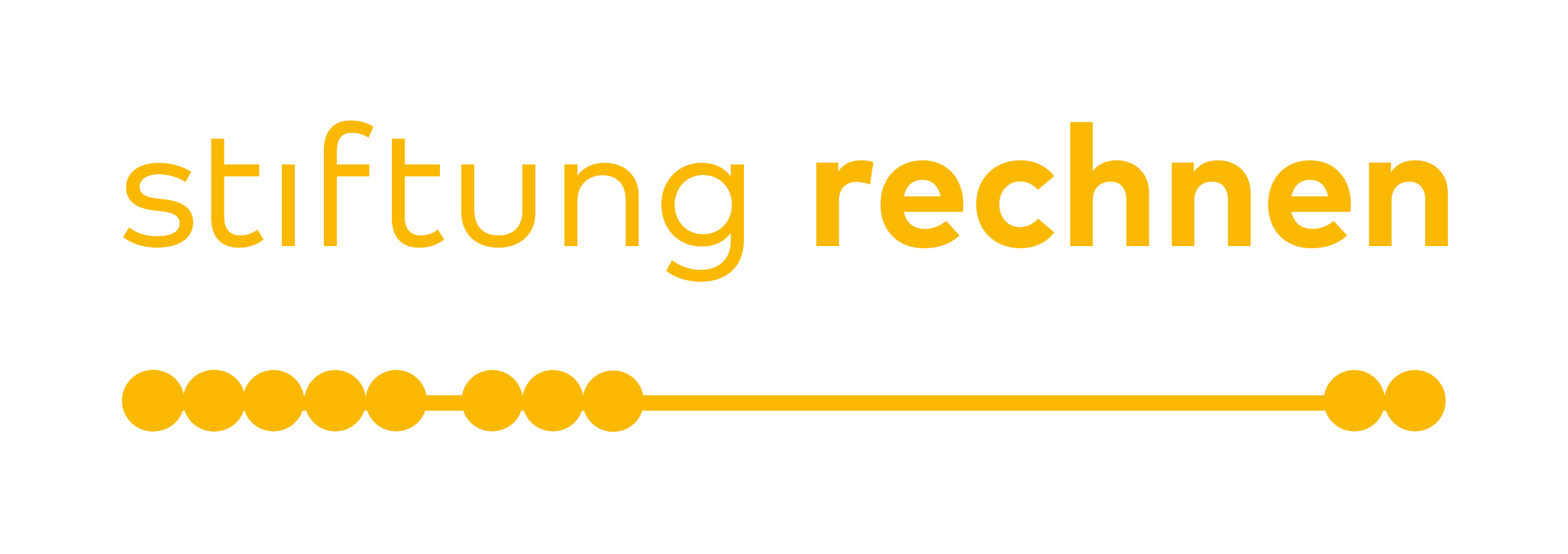Trail of the month: Bern’s Old Town
The Trail of the Month July invites us to a mathematical walk through another European capital. This time we are in the beautiful city of Bern, Switzerland. The Trail of the Month was created by Damaris Burri as part of her master’s thesis at the PH Bern at the Institute for Secondary Level 1 and is available in the MCM app under the code 678321 and in the MathCityMap web portal here.
Running through the historic old town of Bern, the trail consists of a total of 12 tasks, some of which can be extended with sub-tasks. In terms of content, the tasks deal with topics from grades 7 to 9 (in Switzerland, the so-called third cycle), i.e. with areas and volume calculations, as well as gradients and units of measurement.
In the following interview Damaris Burri describes her experience with MathCityMap so far and gives additional background information about the trail:
How did you come across the MathCityMap project?
I came across the MathCityMap project during a mathematics didactics seminar at the PHBern. At the end of such a seminar, the lecturer introduced us in a few words to some links to websites that could be useful for teaching mathematics. One of these links led to the MathCityMap website. Looking for a topic for my master thesis, I remembered these links and explored MathCityMap and the world of mathtrails for the first time. I was thrilled and had found an exciting topic for my master thesis.
Where is your trail located? What is special about your trail?
Bern’s Old Town is a UNESCO World Heritage Site and forms the historic core of the Swiss federal city of Bern. The Mathtrail “Berner Altstadt” invites you on a mathematical tour of the city. With its total of twelve tasks, the trail leads past many sights, such as the Kindlifresserbrunnen, the Bern City Hall, the Bear Park, the Bern Cathedral and the Zytgloggen Tower. At each task, students can expect a mathematical problem based on 7th and 8th grade basic geometry knowledge, as well as background information about the object. The goal of the trail is to show the young people that mathematics can not only be done in the classroom, but that objects from everyday life are also suitable for calculating. Furthermore, the Mathtrail should be fun and a positive experience for the whole class.
How do you use MCM and why?
I developed the trail as part of my master’s thesis specifically as an extracurricular learning space for mathematics lessons in cycle 3 (secondary level 1), which can be used freely over the three school years (7th to 9th grade). In Switzerland, students in the upper grades (7th – 9th grade) are increasingly taught in mixed-level groups. My Trail takes the resulting heterogeneity into account with tiered clues and subtasks. Each task has at least two tiered hints that help the youngsters understand the task and find a possible solution path. They also point out possible stumbling blocks. In the case of tasks that exceed the subject matter of the 7th grade, the tasks were divided into several sub-tasks. These guide the young people step by step to the solution.
In order to be able to solve the tasks of the Mathtrails “Berner Altstadt”, each participating group (consisting of 3 -4 students) must be equipped with a smartphone, a set square, a double meter and a calculator.
Describe your favorite task on the trail. How can it be solved?
My favorite task is the task at the Zytglogge (time bell tower). The Zytglogge is one of the landmarks of Bern’s old town and was the first western gate before the city was expanded in the 13th and 14th centuries. The tower with its mechanical music box fascinated me already as a child. Every hour on the hour, the music box starts to play and the dancing bear train, the jester and the screaming rooster come to life.
The “Zytglogge” task refers to the doorway, where on one of the walls hang seven historical length measures that used to be used in the markets of Bern. In this task, the students have to indicate the length of the doorway to the length measure “Swiss foot”. To complete the task, learners must know and understand the principle of converting length measures. The students can determine the length of a Swiss foot both by measuring it or by observing it closely, because the length of 3/10 meter is engraved. To solve the task, they must also measure the length of the doorway and then convert the length obtained into “Swiss feet”.










